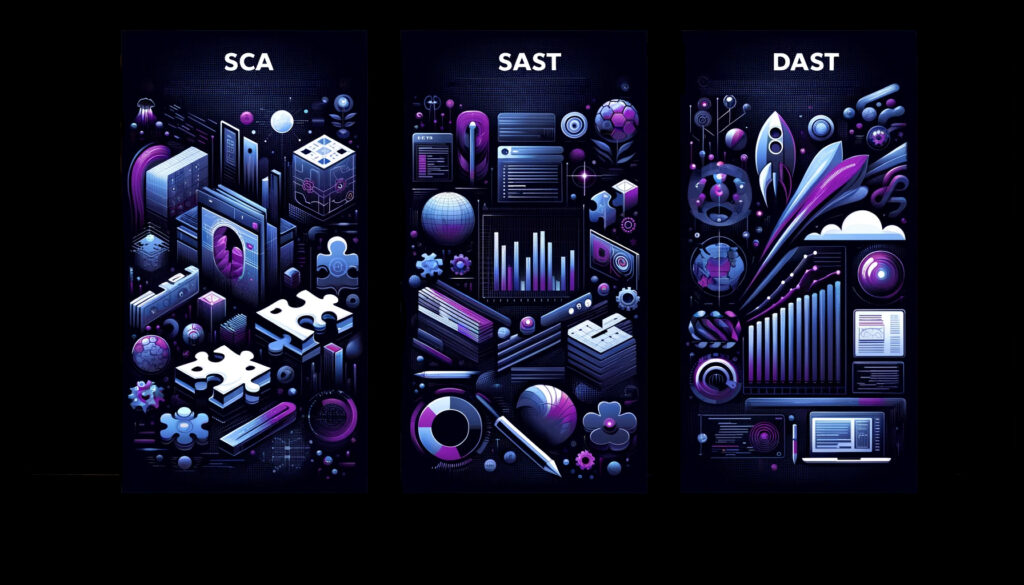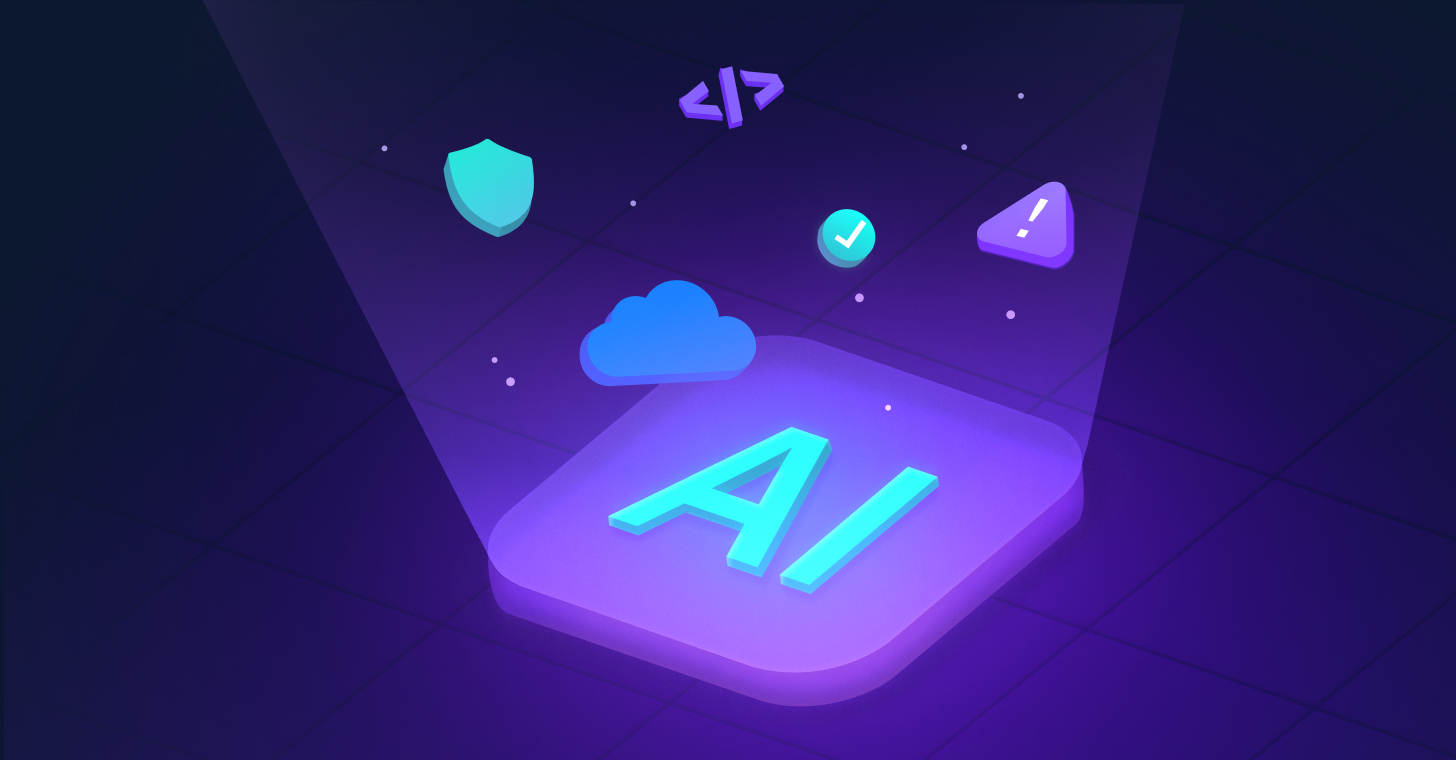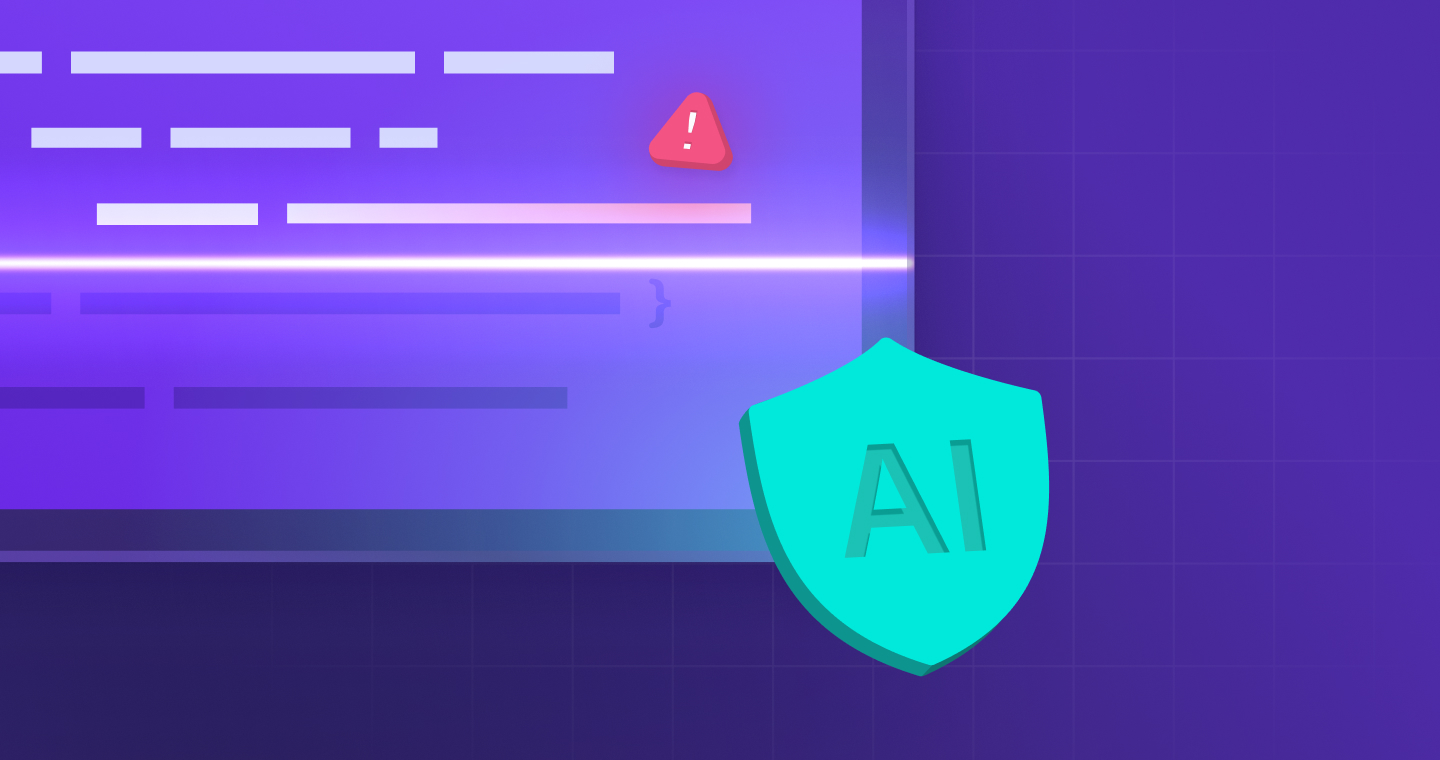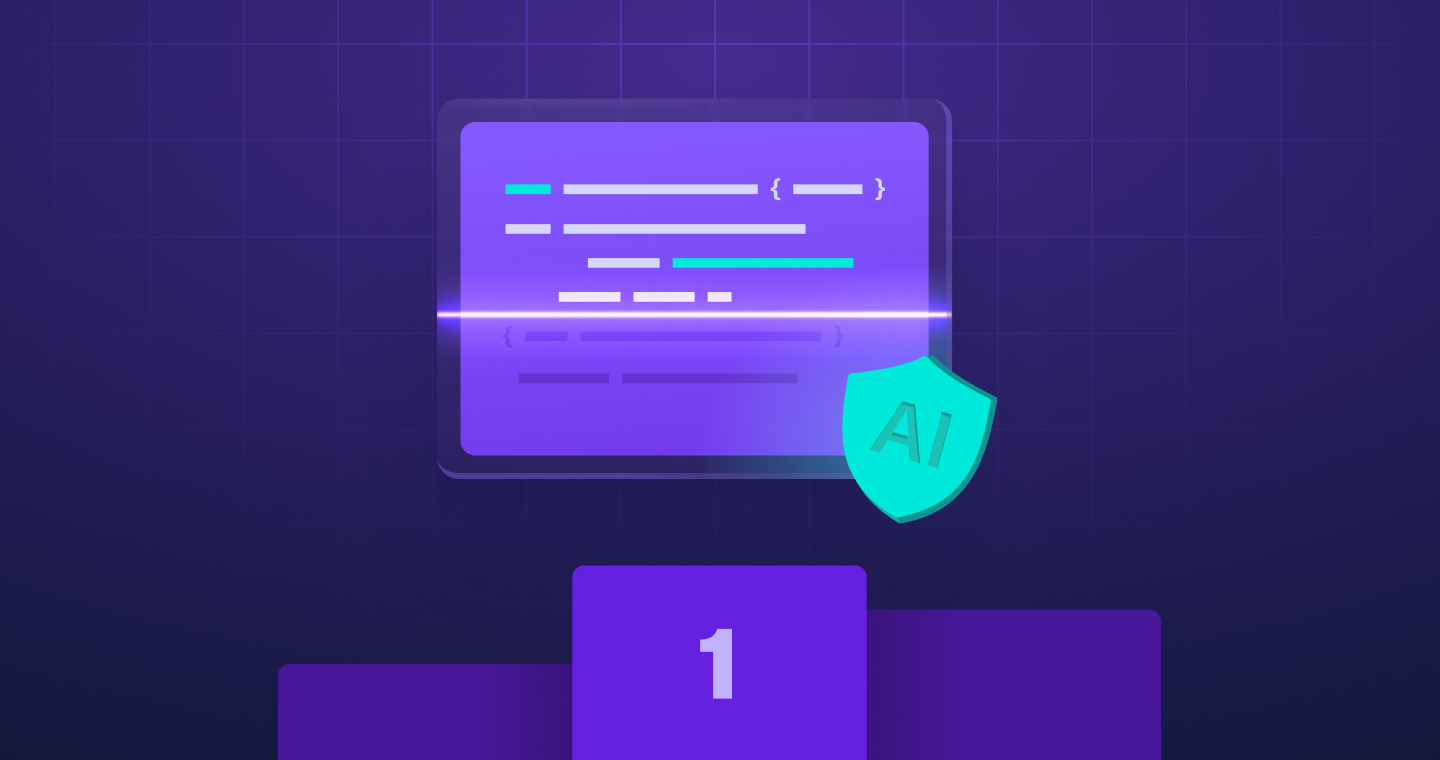Article's content
More on Supply Chain Security

Application security is challenging no matter which type of application you’re working with. But when you build and deploy cloud-native apps, you face some unique security challenges.
That’s why cloud-native application security and a cloud-native application protection platform (CNAPP) play key roles in modern application delivery. Keep reading for a breakdown of cloud application security and CNAPP, how they relate to each other, and how to optimize your cloud-native security strategy.
What is cloud-native application security?
Cloud-native application security is the practice of protecting cloud-native applications against threats and risks.
Cloud application security is a subcategory of application security, which focuses on securing applications of all types. However, because cloud-native apps are different in key respects from traditional applications, they require certain unique types of protections.
For example, to secure cloud-native apps, teams must typically address challenges like the following:
- Securing multiple layers of the application hosting stack (such as the container layer, the orchestration layer, the service mesh layer, and the infrastructure layer), since cloud-native apps often depend on complex, multi-layered stacks.
- Securing interactions between the various microservices within cloud-native applications.
- Ensuring that security controls are in place across the distributed environments that host cloud-native applications.
These challenges don’t usually apply to traditional apps. Traditional apps typically have simpler hosting stacks that involve just an operating system and a host server, without additional layers such as orchestrators and service meshes. They use monolithic architectures – which means there are no microservices and hence no need to secure interactions between services. And they are usually hosted on a single server instead of distributed across a cluster, so there is no need to protect distributed infrastructure.
Cloud-native AppSec trends to watch for 2024
The cloud-native security challenges described above have always applied to cloud-native apps. But as of 2024, they are growing more pronounced, due to the ever-increasing complexity of cloud-native architectures and deployment strategies.
For example, in an effort to make cloud-native apps even more scalable, developers add microservices, increasing the number of services and service interactions that organizations must secure. Likewise, hosting stacks are growing more complex as teams add even more layers, such as API gateways, to help optimize performance. And many businesses now operate across multiple cloud platforms, adding to the challenge of ensuring that all of their cloud services and configurations are secure.
The bottom line here is that, while cloud application security has always been challenging, it’s likely to become even tougher as we head through 2024 and beyond.
What is a CNAPP?
Because cloud-native applications present special security challenges that don’t apply to other types of apps, traditional security tools don’t address all of the requirements of cloud application security. But cloud-native application protection platforms, or CNAPPs, help fill this role.
A cloud-native application protection platform, or CNAPP, is a software solution designed to manage cloud infrastructure and workload protection. CNAPPs help ensure that the cloud infrastructure and service configurations minimize the risk exposure of workloads they host.
For example, a CNAPP could detect a cloud object storage bucket that is configured to be publicly readable by anyone on the Internet. This is typically risky because in general, the data that an organization places in cloud object storage is only used within the organization. Likewise, by monitoring network traffic to a Web application, a CNAPP could detect malicious requests or connections from suspicious endpoints, and then alert teams to a potential threat.
In addition to combining all of these capabilities into a single platform, CNAPPs integrate tightly with the software delivery lifecycle (SDLC) and Continuous Integration/Continuous Delivery (CI/CD) pipelines to ensure that security testing keeps pace with application development. For example, when developers write new code, they can trigger SAST and SCA tests through their CNAPP.
Later in the SDLC, after they’ve deployed an application release candidate into a testing environment, they can use a CNAPP to run DAST scans. They can also scan container images and IaC templates prior to application deployment, and they can implement continuous runtime monitoring to discover threats as soon as they appear.
Cloud-native application security vs. CNAPP
CNAPPs play an important role in helping to secure the environments that host cloud-native applications. However, a CNAPP is distinct from cloud-native application security in two ways.
First, cloud application security – is a practice, while CNAPP is a type of solution.
You can’t buy or deploy cloud-native application security (although you can acquire tools or platforms that help secure cloud-native apps) but a CNAPP is a solution that you can obtain from a vendor.
The second major difference between CNAPPs and cloud-native application security is that CNAPPs focus on securing cloud infrastructure that hosts applications, but not identifying securing risks within applications themselves. For that purpose, you’d use other types of tools – such as Static Application Security Testing (SAST), Dynamic Application Security Testing (DAST), and Software Composition Analysis (SCA) solutions. By combining these types of application security tools with a CNAPP, you get a complete, “code to cloud” protection.
CNAPPs and cloud-native application security: Better together
Cloud-native application security tools and CNAPPs address different types of risks and challenges, and businesses can gain the most value by using them together. Cloud-native application security mitigates risks like vulnerabilities within applications, while a CNAPP helps secure the cloud environment that hosts applications.
The Checkmarx approach to cloud-native application security
While CNAPPs help secure your cloud infrastructure, Checkmarx One protects the cloud-native apps that run on them.
As a cloud-native application security platform designed from the ground up to secure enterprise apps, Checkmarx One provides an end-to-end approach to protecting even the most complex apps. . From SAST and DAST, to API security testing, to IaC scans and more, Checkmarx One maximizes the ability of teams to discover security risks at all stages of the cloud-native application development lifecycle.
In addition, integrations with virtually all major CI/CD tools and platforms means that the Checkmarx One CNAPP helps teams operate as efficiently as possible, without worrying that cloud application security processes will slow down the delivery lifecycle.
By combining Checkmarx One with a CNAPP, enterprises can double down on cloud security and gain the broadest set of protections.





